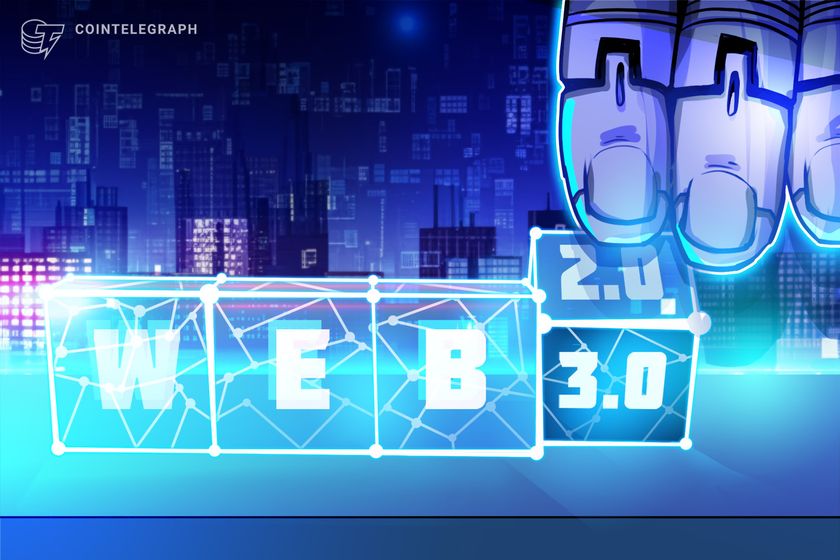Spoiler alert: The future of Web3 is not blockchain

Blockchain’s rigidity limits Web3. Web3’s scalability and future lie beyond traditional blockchains. Expect a shift toward flexible, verifiable systems prioritizing efficiency over rigid total ordering
Opinion by: Grigore Roșu, founder and chief executive officer of Pi Squared
For some, the audacity of questioning the primacy of blockchain in Web3 is borderline heretical. The idea that decentralization and progress could exist without blockchains seems absurd to those who built careers around Bitcoin, Ethereum, and their descendants. Given blockchain’s well-documented scaling limits, however, there is an argument to be made that Web3 doesn’t actually need blockchains to thrive. Instead, it requires payment systems and verifiable settlement systems that are super fast. Blockchains are just one way to achieve that, not the only way.
While blockchain solved the double-spending problem, it introduced its own architectural burden: the rigid fixation on total ordering, dictating that every transaction must wait its turn in a global queue, processed through a monolithic consensus mechanism. Initially, this made sense in the context of payments, where security and simplicity were paramount. Still, in the context of Web3, where complex applications require speed, flexibility, and scale, this same mechanism has become a constraint. It imposes a kind of serialized tyranny, throttling throughput and locking developers into a narrow lane of design options.
Read more




